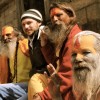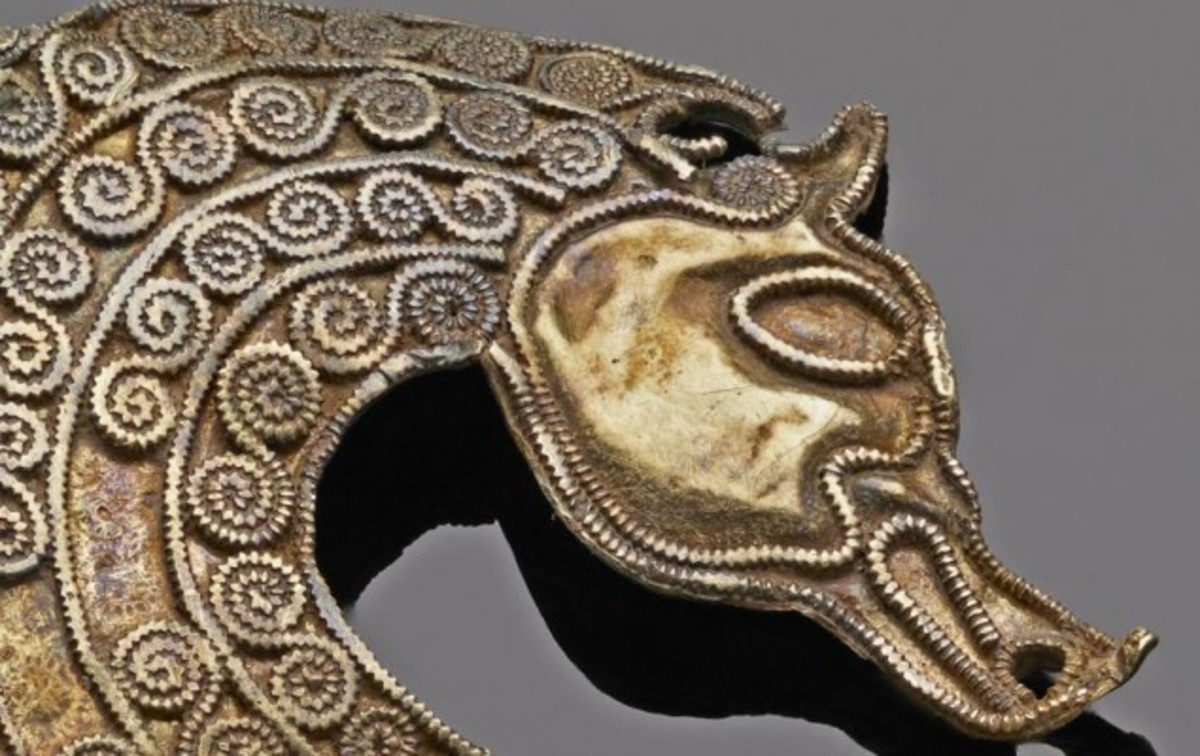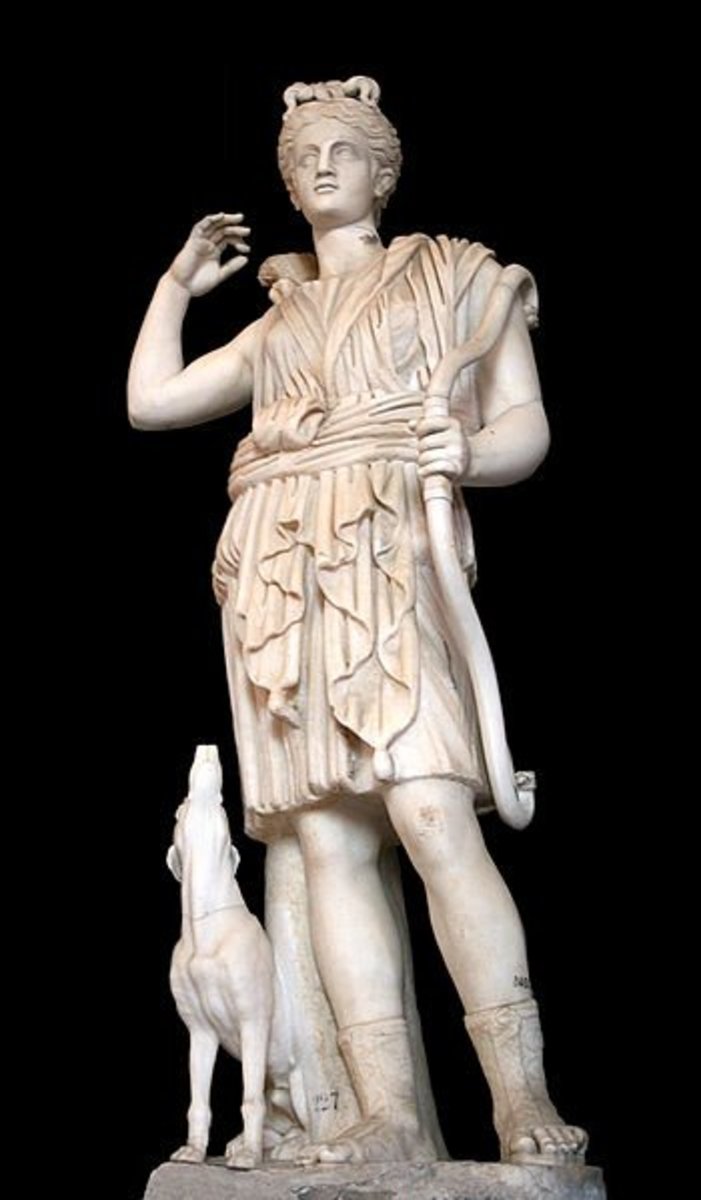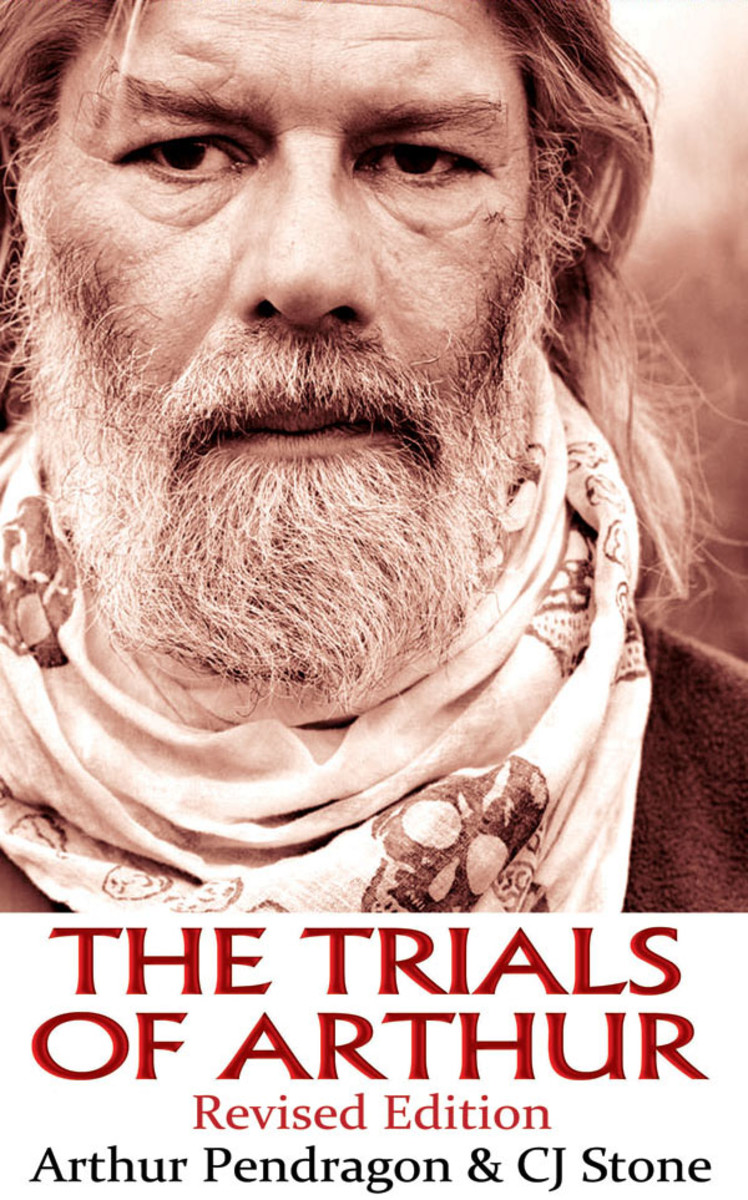Magic, Hunting and Love: Instrumentality of Aguaruna Magic

The Aguaruna are a native people who inhabit the Alto Mayo region of Amazonia. Their culture is permeated by magic, which is an important element in societal functioning. Aguaruna magic and physical acts complement each other in subsistence-level pursuits such as hunting, horticulture, and love. Michael F. Brown expounds this concept in his ethnography Twesa’s Gift, illustrating how the Aguaruna accommodate magic and physical acts within a framework of material casuality. This essay explores concepts discussed in Twesa’s Gift to explain how Aguaruna ontology relating specifically to hunting and love inadvertently promotes social solidarity in Aguaruna society.
As Brown describes in Twesa’s gift, Aguaruna magic is a process in which symbolic and practical orders suffuse one another, and collaboratively order behaviour that has an instrumental intent (2007:26). For example, Anen (symbolic songs which the Aguaruna believe instrumentally act upon the natural and social worlds) are passed down through the generations. Alternatively, individuals who wish to acquire Anen purchase it from those with magical knowledge (Brown, 2007:72). This practical exchange of symbolic knowledge unintentionally reinforces social solidarity by preserving cultural traditions, and maintaining relationships. Homan’s (1941:72) validates this idea, arguing “… Its [magic’s] function is not related to the world external to the society but to the internal constitution of the society.”
Scholars such as Geertz (1973:142); Malinowski (1992:90); and Radcliffe-Brown (1964:234), agree that the functionality of magic is inadvertently instrumental in its effects on society. Additionally, Durkheim (1971:348) states that ritual functions to “bring individuals together, to multiply the relations between them and to make them more intimate with each other.” Ritual plays a significant role in the structure of Aguaruna ontology, and indirectly functions to maintain social cohesion. It reinforces traditional social ties, strengthens social structure, and perpetuates the underlying social values of a group (Geertz, 1973:142). This statement is applicable to Aguaruna hunting ritual. Brown describes ritual associated with hunting Anen as based on mythical beliefs (Brown, 2007:75). Accordingly, the re-enactment of Anen ritual preserves and consolidates Aguaruna cultural identity, of which Aguaruna values and social structure is based. Aguaruna culture is constructed by mythology; hence, ritual is derived from narratives of mythological powerful-beings.
Powerful-beings constitute Aguaruna mythology, and are the key sources and references of spiritual knowledge around which the Aguaruna organise their experience (Brown, 2007:51). Twesa is a mythological being that purportedly befriended an Aguaruna man, and taught him magical hunting songs (Anen). The Aguaruna believe Twesa was the headman of the spider monkeys, and that he shared both human and spider monkey characteristics; subsequently, the Aguaruna associate Twesa with the animal world (Brown, 2007:75). Animal related metaphors are often used in hunting songs to recreate the “mythical connectivity” between humans and game animals (Brown, 2007:75). Thus, Aguaruna hunting ritual perpetuates the mythological narrative on which Aguaruna society is organised. Magic is also used in matters of love, and has alternative inadvertent impacts on society.
Love-related magic is also based on mythological narrative. It is primarily associated with Tsugki, a powerful being who the Aguaruna believe inhabits aquatic environments, and whose power lies in amorous matters (Brown, 2007:53). Consequently, the Aguaruna consider aquatic animals such as dolphins to have a sexual connotation. The Aguaruna believe the most powerful form of love magic is Pusagki (Brown, 2007:155). Pusagki is a general Aguaruna term for a variety of substances such as plants, stones, and animal parts that are used to attract the opposite sex (Brown, 2007:153). They also produce negative effects, such as a loss of propriety in the recipient to the point of willingness to engage in incestuous union (Brown, 2007:161). Additionally, the bearer of the Pusagki may be affected by its power, and begin to behave in an anti-social manner (Brown, 2007:161). Despite Pusagki resulting in these negative outcomes, they alsoindirectly produce a positive effect. Pusagki’s negative aspects make their use socially unacceptable; therefore, Pusagki establish moral boundaries. This unintentional outcome of creating and maintaining moral boundaries is reminiscent of Peel’s (1969:74) observation that “the real significance of the action [magical act] is quite other than what the agents suppose.” Essentially, inadvertent outcomes of love magic have a positive instrumental effect on social behaviour. Belief in the efficacy of magic also produces positive unintentional consequences
The Aguaruna do not differentiate magical acts from practical activity (Brown, 2007:20). Brown’s observation contends that the Aguaruna believe a magical song or love charm is as efficacious as more obvious instrumental acts, such as shooting a spider monkey or flattering the opposite sex. Claude Levi-Strauss postulates “magic…presupposes belief. For magic to work, for it to be effective, one must believe in it.” (Deliege, 2004:87). Levi-Strauss intimates that belief in magic justifiesits successful outcome as instrumental. Other societies have a parallel attitude towards magic as the Aguaruna. For example, Evans-Pritchard (1976:30) shows the Azande notion of witchcraft and the supernatural is so intertwined in Zande society that the abnormal becomes normal. Similarly, the Aguaruna see magic as a normal part of daily life, and its effectiveness as unquestionable. Therefore, a collective belief in the efficacy of magic promotes unity by providing a shared framework that the society uses to understand and control abstract concepts such as chance.
Magical systems are produced when important human activities that are subject to chance, are unable to be mastered by physical means (Malinowski, 1965:217). Chance plays a significant role in the success of hunting. Correspondingly, Aguaruna hunting methods combine practical methods (tracking skills and marksmanship) and magic (Anen) to achieve a positive outcome. Anen have two purposes: the primary purpose is to attract game, and secondly, to force the animal to reveal itself. Anen rely on metaphor to achieve these outcomes. For example, “… The singer likens himself to a bird called wiisham, which is said to have a beautiful call that both charms the listener and inspires confidence” (Brown, 2007:75). Anen also use metaphors of sexual union “to reorder the relationship of men and animals to one of affinity” (Brown, 2007, p160). The Aguaruna believe Anen control chance, and that the physical skills of the hunter complement the magic. Successful outcomes of magical practices validate and reinforce the collective Aguaruna belief in magic. Accordingly, successful magical practice contributes to social unanimity. Magic which fails to produce a positive result also reinforces this collective belief.
Indisputably, the abstract nature of hunting songs means they are unable to be proven effective, because magical acts are only applied within “the domain of the unaccountable” (Malinowski, 1992:29). However, the Aguaruna believe they are effective, and this belief is continually reinforced by successful outcomes. Ergo, a successful outcome logically provides evidence that the magical act is effective. Conversely, the Aguaruna rationalise a failed outcome as an incorrect performance of the magic to avoid falsification. Durkheim’s reflections on Australian Aboriginal societies display a similar notion.
Certain Aboriginal societies vindicate a failed outcome of magic as a result of counter-sorcery from a hostile group (Durkheim, 1957:333), which is similar to Aguaruna rationalisation. Lockshin (2007:4) supports the rationality of this process, articulating that evidence, logic, and falsification are the criteria for scientific decision-making. The hunter’s logical belief that they are achieving an instrumental effect emulates this basic scientific theory. A magical act that fails to achieve the desired result (failing to attract game for instance) is subsequently justified as a mistake in the ritual. The failure reinforces the necessity of magic in achieving successful outcomes. Moreover, it strengthens solidarity by reaffirming the validity of the mythological structure the society is based on. Magic and myth also benefit society by sustaining cultural identity.
Most Aguaruna magic falls into a category that Frazer (1996:13) labels homeopathic or imitative magic. Metaphors in Aguaruna magic often attempt to imitate some natural concept, such as Brown’s example of hunters likening themselves to the Wiisha to attract game, or dolphin’s teeth used as Pusagki because of their metaphorical link to the mythological Tsugki. This imitation perpetuates the mythological narratives in Aguaruna society, and maintains the ethos of the culture. Durkheim (1957:347) states that if beliefs and traditions were no longer held in the mind of the individuals, society would die. Reflectively, the cultural structure myth and magic provides stabilises the social structure, and ensures the longevity of the society.
In conclusion, Aguaruna magic and physical acts complement each other in subsistence pursuits such as hunting and love. They combine to produce unintentional instrumental outcomes that promote social solidarity.The exchange of symbolic knowledge reinforces unity by preserving cultural traditions, and encouraging relationships. Additionally, the negative aspects of magic such as the effects of Pusagki indirectly establish and conserve moral boundaries. Furthermore, the collective belief in the efficacy of magic promotes social unity by providing a framework that the society uses to understand and control abstract concepts such as chance. Successful outcomes of magic validate the collective belief in magic and reinforce traditional beliefs. Magic which fails to produce a positive result supports the necessity of magic in achieving successful outcomes; consequently, it strengthens social cohesiveness by reaffirming the validity of the mythological structure the society is based on. Fundamentally, the inadvertent outcomes Aguaruna myth and magic produce are instrumental inmaintaining, and strengthening social solidarity.
References
Brown, M., F. (2007). Twesa’s gift: Magic and meaning in an Amazonian
society. Alabama: University of Alabama.
Deliege, R. (2004). Levi-Strauss today: An introduction to structural
anthropology. New York: Berg.
Durkheim, E. (1957). The elementary forms of the religious life. London:
George and Allen Unwin.
Evans-Pritchard, E., E. (1976). Witchcraft, oracles and magic among the
Azande. New York: Oxford University Press.
Frazer, J. (1996). The golden bough. London: Penguin.
Geertz, C. (1973). The interpretation of cultures. New York: Basic Books.
Homans, G., C. (1941). Anxiety and ritual: The theories of Malinowski and
Radcliffe Brown. American Anthropologist, 43(2), 164-172.
Lockshin, R., A. (2007). The Joy of science: An examination of how scientists
ask and answer questions using the story of evolution as a paradigm. Retrieved from http://www.springerlink.com.elibrary.jcu.edu.au/content/u17321/#section=299759&page=1&locus=-3
Malinowski, B. (1965). Coral gardens and their magic volume II: The language
of magic and gardening. Indiana: Indiana University Press.
Malinowski, B. (1992). Magic, science and religion; and other essays.
Illinois: Waveland Press.
Peel, J., D., Y. (1969). Understanding alien belief systems. The British Journal
of Sociology, 20(1), 69-84.
Radcliffe-Brown, A., R. (1922). The Andaman Islanders. New York: The Free
Press.








